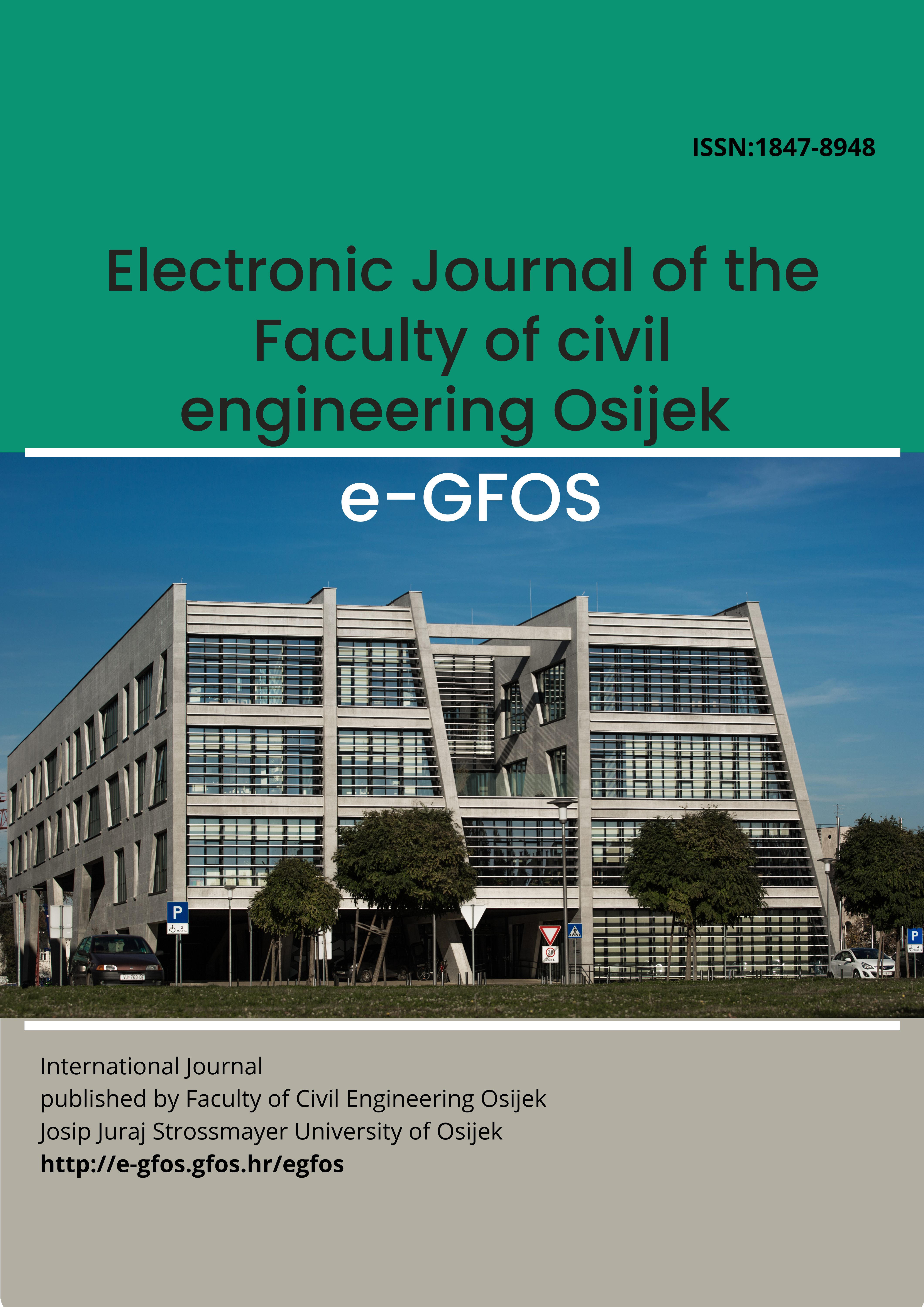NUMERICAL INVESTIGATIONS OF FLUSHING TIME IN SMALL MARINAS
Keywords:
Return flow factor; marina flushing; entrance width; tidal range; wind; Adriatic Sea; numerical modelAbstract
This paper presents the results of 2D and 3D numerical simulations of sea circulation and water mass exchange for a marina with hypothetical dimensions (L/B=2 and L/B=0.5) to calculate the return flow factor. The return flow factor b was analyzed in relation to the marina entrance width, sea current velocity outside the marina (0, 1, 2, and 5 cm/s) and the sea surface level oscillation dynamics. The basic comparative parameter is the e-flushing time, Tf. The intensity of forced circulation is calculated to achieve time Tf of less than 10 days. The impact of the wind field on the e-flushing time for different marina widths was analyzed using a 3D numerical model. The numerical simulation results indicate that the e-flushing time Tf depends on the amplitude of the tidal signal, secondary to the width of the marina inlet, and the smallest amount on the velocity field in the outer region. Conversely, the return flow factor b depends on the width of the marina entrance, less on the tidal signal amplitude, and least on the current velocity outside the marina if currents are ≥ 1 cm/s. Forced circulation of 1 m3/s is only required for the marina with a smaller tidal amplitude (position Dubrovnik) to achieve Tf<10 days. If at the observed location wind is a dominant sea circulation generator, a wider marina entrance will allow faster sea exchange.

